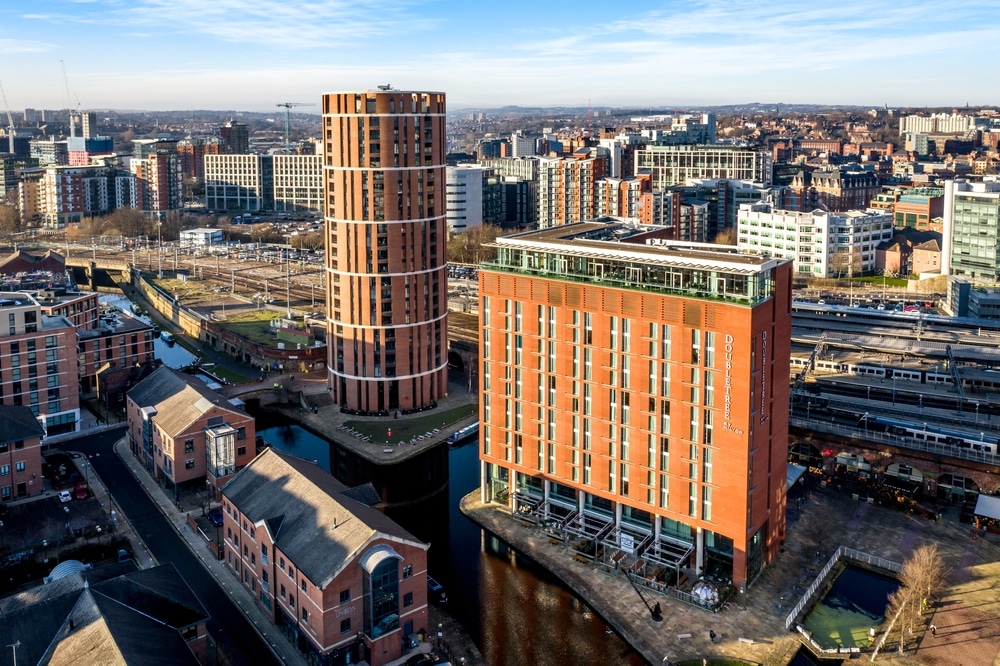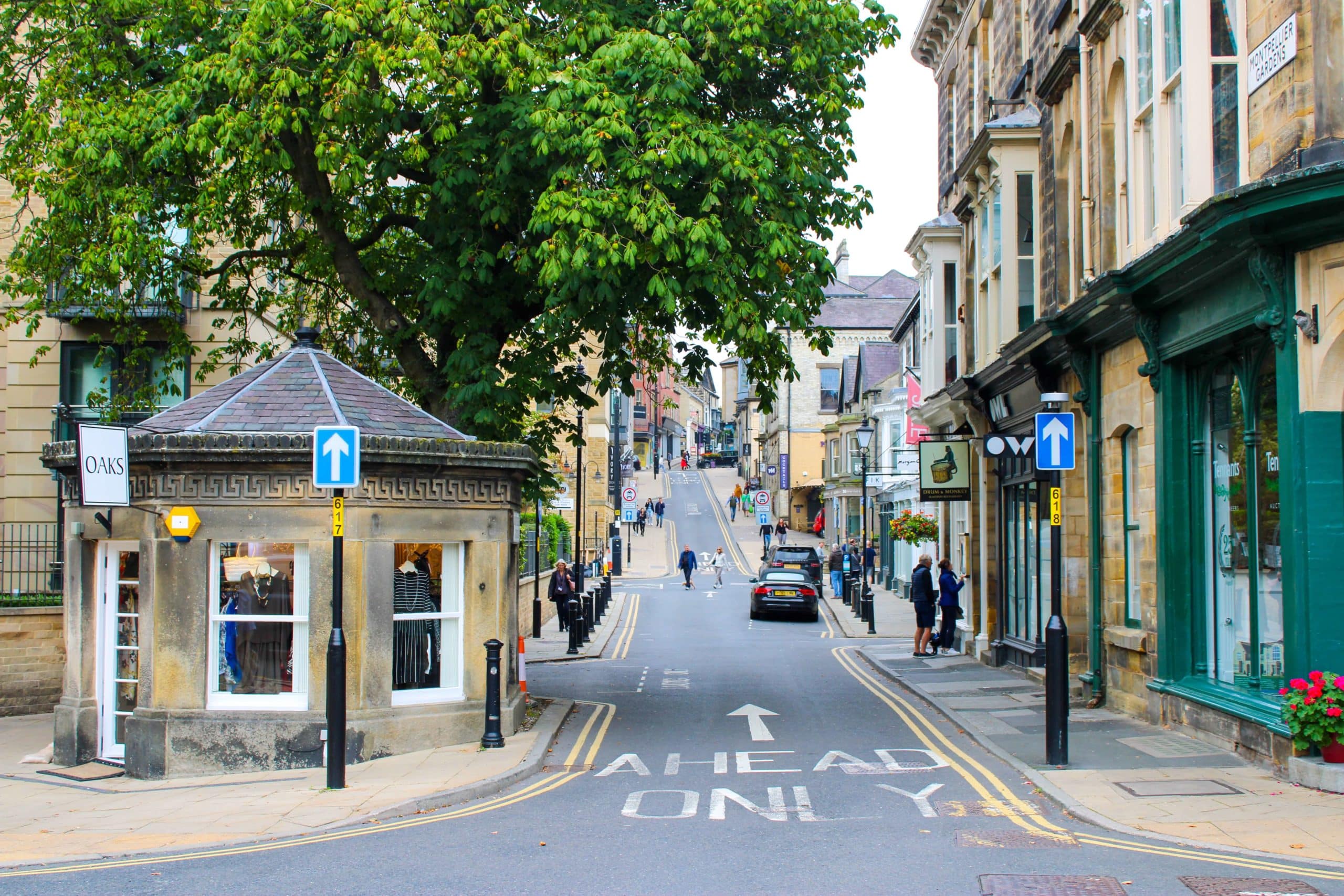Selling a buy-to-let home in Leeds can be a complex process, with many legal and financial considerations involved. But don’t let that phase you. Whether you’re a landlord planning to cash in on your investment or a prospective buyer looking to enter the rental market, read on. This post will cover everything you need to do if buying or selling property to rent out in Leeds.
If you’re planning on buying a property to rent out
New to the buy to let business? Here are the steps you’ll need to take as a first-time landlord.
Obtain a buy to let mortgage
First of all, unless you’re a cash buyer with lots of money to spend, you’ll need to arrange a mortgage. And if you plan to rent out the property you’re purchasing, it needs to be a buy-to-let mortgage. These work slightly differently to residential mortgages and have more stringent requirements which vary depending on the lender. Typically, though, you’ll need to own your own home, earn over £25,000 per year and provide a 20-25% deposit. In addition, your projected rental income will need to cover your mortgage repayments, plus at least 25%.
Prepare for additional upfront costs
On top of the deposit, buy-to-let landlords must pay an extra 3% Stamp Duty Tax compared to regular buyers. This applies to all investments over £40,000 and is calculated based on the full selling price. You’ll also need to set up building insurance to be approved for a mortgage. And you may want to invest in contents insurance to protect the home’s fittings and fixtures against any damage. Rental income coverage and landlord liability insurance are also good to have.
Ensure the property meets safety regulations
Before tenants can move in, you’ll need to ensure that the property meets certain safety standards and legal requirements. This includes checking that both Gas Safety and EICR certificates are up to date, and that necessary repairs are undertaken. Additionally, homes must achieve at least an “E” EPC rating relating to energy efficiency, before being rented out. This may mean upgrading the windows or boiler, or installing insulation to prevent heat loss.
Decide whether to use a letting agency
Once all the essentials are in place, it’s time to find a tenant. Unless, of course, you bought a tenanted property with a resident in situ. If not, you’ll need to advertise your vacant home and carry out viewings. Alternatively, a letting agency can help you find a tenant – this will save time and is useful if you don’t live close by. Likewise, property management companies can manage tenancies and maintenance work on your behalf if you’d prefer a more hands-off approach. However, you’ll need to weigh up the associated fees against your proposed profit.
Arrange contracts and protect deposits
The final stage of buying a property to rent out in Leeds is signing contracts and obtaining a deposit. Generally, you’ll need to have an Assured Shorthold Tenancy Agreement in place. This will outline the length of the rental agreement and the agreed monthly payments. This contract also protects the tenant from being evicted early unless they breach the terms. Any deposit you take from them must also be protected in a government-backed scheme.
If you’re planning on selling a property to rent out
Already own a rental property in Leeds and want to sell up? Here’s what you’ll need to do…
Check how much Capital Gains Tax you’ll need to pay
Before listing your buy-to-let investment, it’s a good idea to make sure you understand the tax implications. If you previously rented out the property and it’s now worth more than what you paid for it, you’ll have to pay Capital Gains Tax. The rate varies between 18-28% depending on what you earn annually and the tax band you fall into. This will be paid on any profits made from the sale, with a tax-free allowance taken into account.
Decide whether to sell vacant or tenanted
When selling buy-to-let homes, you have two options. Either make your tenants aware of your intention to sell and serve them notice to leave, or sell the property tenanted. The first option is generally more popular as it opens up the number of potentially interested parties. However, with a AST agreement in place, you’ll have to wait until the tenant’s right to reside there ends.
Or you can sell to another landlord and transfer the tenancy agreement. Provided you have good tenants, this can be an attractive prospect to other buy-to-let investors. Especially in Leeds where the city centre’s average rental yield is around 7%.
With that said, as buy-to-let regulations tighten, many landlords are quitting. Likewise, not all tenants are created equal and bad ones can prevent your home from selling. So if you’re having trouble trying to sell a tenanted property in Leeds, contact We Buy Any Home for a quote. If you’re happy, we could have the process completed in as little as 7 days. We can also help you sell a flat (traditionally less attractive to prospective buyers) – contact us today.
Get your paperwork in order and transfer deposits
If you do end up selling to another landlord, make sure you have relevant paperwork readily available. This includes previous gas and electrical safety checks, energy rating certificates, background checks you completed and any existing tenancy agreements. And when handing over the keys, remember to transfer the tenant’s deposit over to the new landlord. You should also conduct meter readings so you’re able to close energy accounts without being penalised.
Reporting a change to the local council
Lastly, whether you’re selling or buying a property to rent out in Leeds, you’ll need to notify the council. If you’re the previous landlord, let them know you no longer want to be contacted in relation to that property. If you’re the new landlord, you’ll need to provide your contact details. Plus the dates of the change and the details of any new tenants for council tax purposes.
Furthermore, you may need to secure a licence from them. For instance, in certain areas of Beeston and Harehills, selective licensing is in place. Similarly, before letting out rooms in a House of Multiple Occupancy (to 5 or more individuals), you’ll need an HMO licence. You can learn how to obtain this on the Leeds.gov.uk website.
And that’s it! We hope this guide proved helpful. Want to know more? Read all about investing in Leeds property, as well as the best time to sell your existing property, on our blog.



















